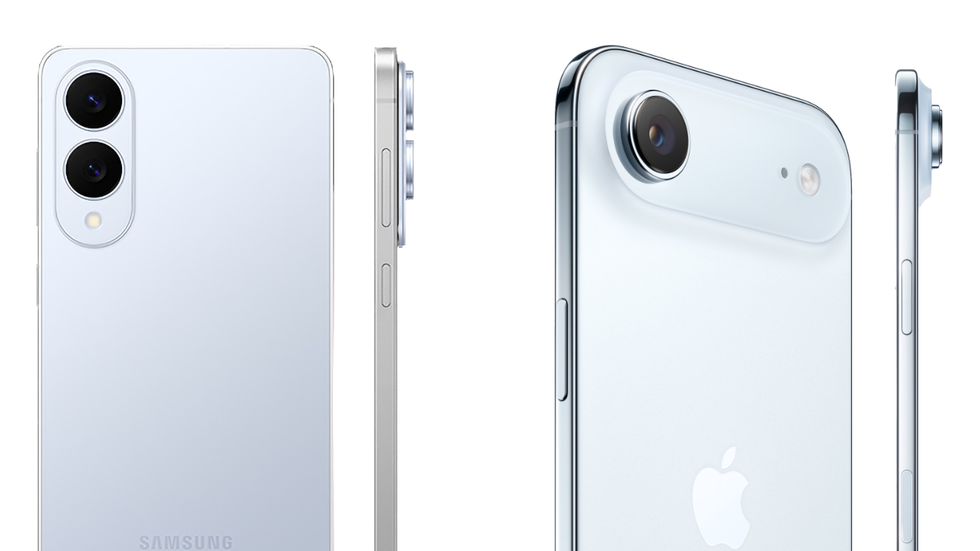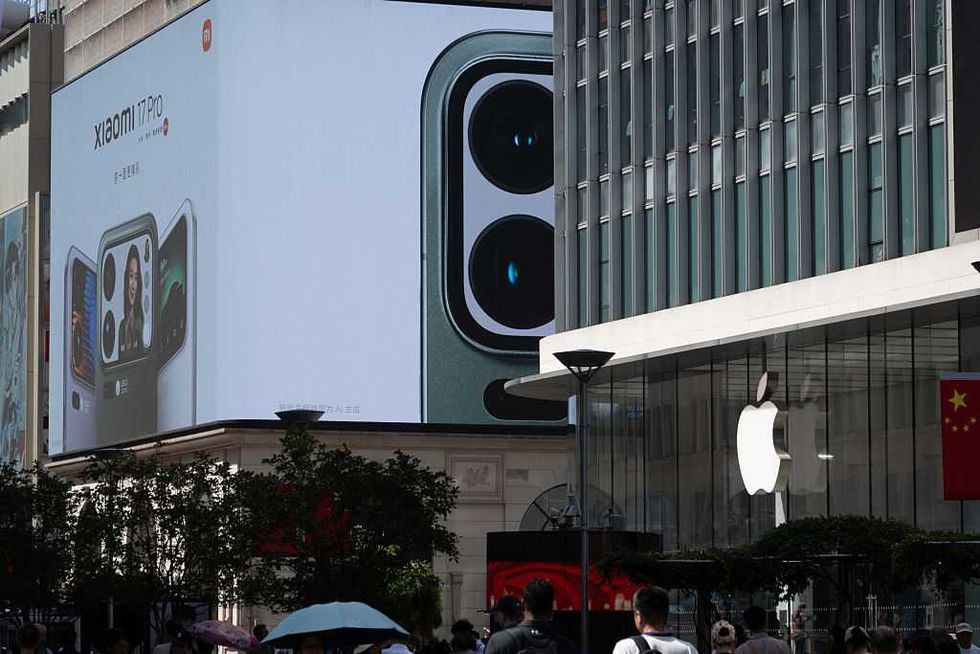This was supposed to be the year for ultrathin smartphones, with Apple and Samsung both debuting their thinnest flagships ever, the Galaxy S25 Edge and iPhone Air. Seemingly breaking the boundaries of physics, both phones feature razor-thin chassis packed with the usual high-performance chips, sensors, and storage. However, instead of hailing a new era of uber-thin tech, recent sales paint a much more dismal picture for the emerging phone category.
When ‘thin’ is ‘too thin’
At first glance, the Galaxy S25 Edge and iPhone Air are both stunning. Measuring just 5.8mm (0.22in) thick for the Samsung contender and 5.6mm (0.22in.) thick from Apple, they are manufacturing marvels, packing all of their important components into impossibly small frames — a feat that simply wasn’t possible several years ago.
Both phones are also surprisingly durable, with the Galaxy S25 Edge and iPhone Air passing JerryRigEverything’s famous torture test. Unfortunately, while these phones are impressive to see and hold, their shortcomings are too big to ignore.
It’s hard to convince folks to spend so much money on a phone that does less.
The first big downside is battery life. There’s only so much battery that can fit inside a 0.22-inch body, and with dated lithium-ion tech still the powerhouse of choice, it’s no wonder that these ultrathin phones struggle to get through a day of mild to heavy use on a single charge. The Galaxy S25 Edge reportedly ran for 12 hours and 38 minutes in Tom’s Guide’s battery test, and the iPhone Air netted 12 hours and 2 minutes in the same test. To compare, that’s about five hours less battery life than the Ultra/Max versions, respectively.
The second major drawback is the camera system. Both phones have fewer camera modules than their Pro counterparts, and they’re also missing the hybrid zoom features found in the flagship versions. So if you’re a photographer who wants the best camera on a smartphone, Galaxy Edge and iPhone Air are nonstarters.
Third is the price. They’re expensive, with the Galaxy S25 Edge starting at $1,099.99 and the iPhone Air at $999. Impressively sleek designs aside, it’s hard to convince folks to spend so much money on a phone that does less, especially when the base models are cheaper and the flagship Galaxy S25 Ultra and iPhone 17 Pro Max continue to outsell all other models.
 The underperforming Galaxy S25 Edge and iPhone Air.Image credit: Zach Laidlaw
The underperforming Galaxy S25 Edge and iPhone Air.Image credit: Zach Laidlaw
Dead on arrival
While Apple and Samsung thought they could wow consumers with their ultrathin phones from the future, users thought otherwise. After five months on the shelf for the Galaxy S25 Edge and half that time for iPhone Air, both phones are lagging in sales.
According to investment banking firm Mizuho Securities via the Elec, Apple already cut production of the iPhone Air by 1 million units, a move that could seriously impact the future of the product line. As for Samsung, the news is even more dire. South Korean outlet Newspim reported that the next-generation Galaxy S26 Edge was shelved due to poor S25 Edge sales.
The ultra-slim phone category is effectively dead for Samsung, and it’s on life support for Apple. If the two largest phone manufacturers on the planet can’t make thin phones stick, there isn’t much hope for other OEMs.
Can anything save the ultrathin phone market?
Users will continue to reject ultrathin phones until some of their drawbacks are addressed. Luckily, the biggest hurdle has a solution that’s currently in development — batteries. Despite all the advancements in consumer technology, batteries have largely remained the same. Lithium-ion technology, which first emerged in the 1970s, is still the gold standard, thanks to its durability, longevity, and high power capacities. But as the limits of lithium-ion batteries meet their match inside the thinnest phones ever built, the industry needs a next-generation solution that can hold even more power in tight spaces.
RELATED: These new smartphone cameras make spying on you as easy as point and shoot
 Photo by VCG/Getty Images
Photo by VCG/Getty Images
Silicon carbon and graphene batteries are the most likely candidates. Both alternatives hold more power than their lithium-ion cousin, which is exactly what manufacturers need. Unfortunately, there are several fatal flaws that, so far, have kept them from going mainstream.
Silicon carbon batteries aren’t as structurally stable as lithium-ion. They swell over time, a big red flag in a sleek device where every millimeter of space counts. Graphene batteries, on the other hand, suffer from low yields and mass production issues that make them difficult to produce at scale, at least for now.
Ultrathin smartphones are stunning pieces of tech, with their slim designs, durable frames, and feather-light materials, but aside from sheer vanity, they’re a tough sell. They come with too many compromises to make them a good buy for most users. Manufacturers like Apple and Samsung must solve these shortcomings before the ultrathin phone market has a shot at success. Sadly, by the time they figure it out, there may be no room for an ultrathin phone category at all.
The post Thin is NOT in: Why nobody is buying the new Apple and Samsung phones appeared first on TheBlaze.




